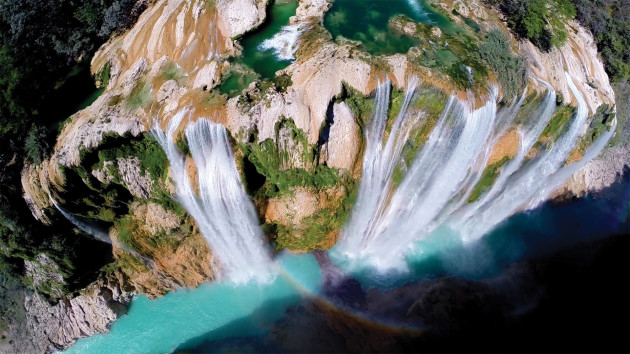Great news for Australian recreational drone operators
As of 29 September 2016, the Civil Aviation Safety Authority (CASA) announced amendments to their commercial and recreational regulations for drone operators in a move that will, according to their press release, reduce “the cost and legal requirements for lower-risk remotely piloted aircraft (RPA) operations”. And for any photographers keen to add an additional service to their mix, this is excellent news.

In an attempt to align more tightly with terminology as stipulated by the International Civil Aviation Organization, CASA has instigated a migration from the term UAV (unmanned aerial vehicle) to RPA (remotely piloted aircraft). This new term brings along with it 4 new weight classes for drones:
- very small (100g<2kg)
- small (2-25kg) (where required with 7kg restriction)
- medium (25-150kg)
- large (>150kg).
More importantly for photographers and videographers previously grounded by a lack of operator’s certificate, the new regulations will see more freedom for those weekend warriors or for commercial operators on private land. By implementing the “excluded RPA” concept, remotely piloted aircraft that are deemed “low-risk” will have reduced regulatory requirements, such as not needing an RPA operator's certificate (ReOC) or a remote pilot licence (RePL).
Also effective as of 29 September, commercial operators flying RPAs between 100g and 2kg in weight will not require a RPA operator’s certificate or a Remote Pilot License. And for private landowners wishing to carry out commercial operations within the boundaries of their own property, ReOC and RePL licenses are no longer required “provided they follow the standard operating conditions and none of the parties involved receive remuneration”.
In Australia, the following standard RPA operating conditions apply:
- You must only fly during the day and keep your RPA within visual line-of sight.
- You must not fly your RPA higher than 120 metres (400ft) AGL.
- You must keep your RPA at least 30 metres away from other people.
- You must keep your RPA at least 5.5km away from controlled aerodromes.
- You must not fly your RPA over any populous areas. These can include: beaches, parks and sporting ovals.
- You must not fly your RPA over or near an area affecting public safety or where emergency operations are underway (without prior approval).
- This could include situations such as a car crash, police operations, a fire and associated firefighting efforts and search and rescue.
- You can only fly one RPA at a time
For more information, follow this link.

